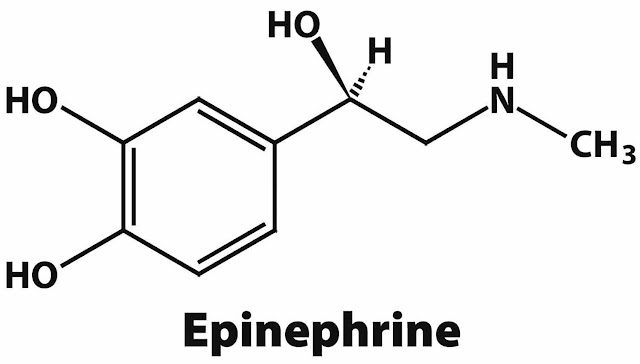Cardiovascular Ultrasound Is Increasingly Being Used For Treating Cardiovascular Diseases Due To Its Ease Of Use And Efficiency
 |
The first convention for interpreting cardiovascular ultrasound was developed by cardiologists in the 1960s. The physician stands at the patient's anatomic left, and the probe indicator is on the right side. The monitor screen is located on the left side. Emergency physicians soon adopted this technology for several applications. They also used ultrasound as procedural guidance. These two conventions were not mutually exclusive, and the technology evolved to serve both specialties. With more applications, the technology has become a valuable tool in the medical community.
In the event of a suspected right-heart strain, a cardiovascular ultrasound can help determine if a patient has a pulmonary embolism. During the examination, doctor may detect an RV to LV ratio of 0.6 to one. This ratio can help differentiate between patients with no significant history of heart disease or pulmonary embolism. Once the diagnosis has been established, a physician can determine the best treatment for patient’s condition.
To undergo a cardiovascular ultrasound, patients are asked to lie on their side or back. They are given a colorless gel to apply to the transducer area. A handheld ultrasound wand will then be passed across patient’s chest to obtain images of the heart. Depending on the severity of patient’s heart problem, the exam may take anywhere from 20 minutes to an hour. There are no known side effects or risks associated with cardiac ultrasound, and it is a safe test. Recently in October 2020, the U.S. Food and Drug Administration granted 510k clearance to GE Healthcare for its Ultra Edition Package on Vivid cardiovascular ultrasound systems that include new features based on SI allowing clinicians to acquire quicker and frequent exam consistently.



Comments
Post a Comment